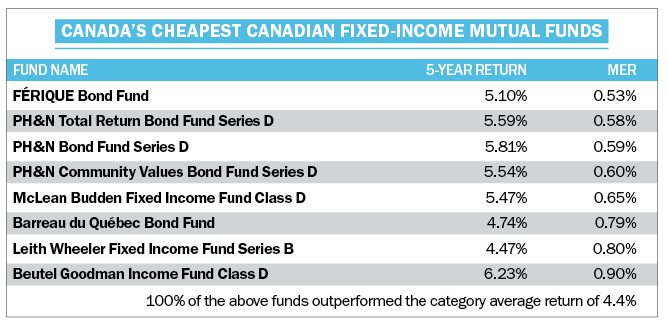Mutual fund fees add up so don t pay more than you must
Post on: 16 Март, 2015 No Comment

If you’ve ever looked carefully at your cellphone contract, you may discover that you get 37 anytime minutes, 123 afternoon minutes, 93 double secret minutes and 19 bonus minutes if you can use the words creosote and smock in casual conversation.
Why are simple things made complicated? So you don’t understand them. And this brings us to our topic of the day: the many, many ways you can buy mutual fund shares through advisers.
Let’s start with this premise: Like any professional, brokers and financial advisers like to be paid for their services, and they should be. Although many people enjoy handling their own financial affairs, many others feel better if they have an adviser at their side. If you seek financial advice, don’t gripe about paying for it.
On the other hand, there’s no need to pay any more than you need to. And it’s remarkably easy to pay more than you need to, in part because the payment mechanism for mutual fund advice is designed to seem like you’re not paying your adviser.
Many years ago, the process was simple. If you bought through a broker, you paid an upfront sales fee, or load. Today, however, that’s just one option.
Although a mutual fund is a single entity a portfolio of securities it can have many different share classes, each with different expense structures. The basics:
A shares, which charge an old-fashioned upfront commission. Bond funds typically have a maximum sales charge of 3.5% to 4%; stock funds usually charge from 4% to 5.75%.
B shares, which charge no upfront commission but have higher annual expenses than A shares. You have to pay a redemption charge if you sell within a set period of time, typically five or six years, and the redemption charge falls each year. Eventually, B shares convert to lower-cost A shares. C shares, which have no sales charge and may carry a 1% fee for selling in the first year. Annual expenses are higher than A shares and last for eternity.
From share classes A, B and C, the fund industry has spun off almost as many share classes as the Cat in the Hat’s helpers. Pimco Total Return, the largest mutual fund, has A, B and C share classes and six others. The American Funds Growth Fund of America, the next-largest fund, has 17 share classes.
In addition, many advisers offer you the option of buying low-cost institutional share classes, but charge an annual fee of 1% or so per year an arrangement called a wrap account.
Which is better? Well, it depends.
If you have a large amount to invest, and don’t plan to trade often, A shares may be best for you. Fund companies give volume discounts on commissions for larger investments. For example, the load on the American Funds Growth Fund of America A is 5.75% if you invest less than $25,000, but 3.5% if you invest $100,000.
You may also get reduced loads by aggregating your funds: If your fund company offers a breakpoint at $25,000, you may be able to add all your accounts at that company to get the lower sales charge. You can get information on breakpoints at www.finra.org; look under tools and calculators.
Many fund companies have stopped offering B shares, but they may make sense if you’re investing a small amount and don’t intend to trade. C shares may make sense if you plan to trade every so often.
Scrutinize the deal on wrap accounts carefully. If your adviser uses very-low-cost funds, such as exchange traded funds or index funds, trades them for you and charges a relatively low annual fee, a wrap arrangement may make sense.
But wraps certainly don’t make sense for a buy-and-hold investor. Why pay a 1% annual fee for doing nothing? If you haven’t traded for years and your broker suddenly suggests a wrap arrangement, consider exchanging brokers instead. Other reasons to be wary:
A broker who suggests large purchases of B or C shares. In most cases, you’ll pay less for A shares if you have a large portfolio.
A broker who breaks up a large portfolio among several different load families. You can get rights of accumulation by remaining in the same fund company.
If you buy a wrap account, or buy B or C shares, you may get the impression that you’re not paying for an adviser’s services. That’s a disservice to your broker as well as a mistake on your part. Professionals don’t work for free, and there’s no reason to mask a broker’s fee.
Just make sure you’re getting the amount of attention that you’re paying for. Annual fees add up over time. The gross fees on a $100,000 wrap account in the table, for example, add up to $15,000, according to brokervillage.com. If you’re not getting $15,000 worth of advice and value from the account, consider going to a lower-cost arrangement. You could buy a lot of minutes with $15,000.














